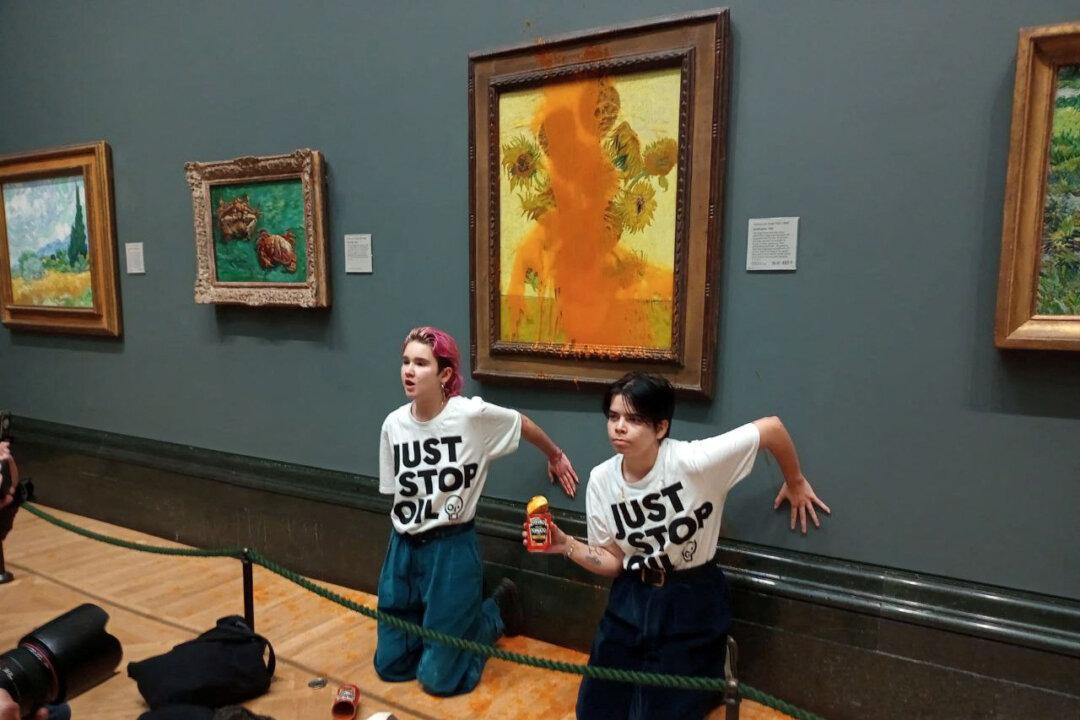Commentary
When the law, however reasonable it might be, is not respected by a significant part of the educated class, serious social conflict is likely, if it has not already occurred.

When the law, however reasonable it might be, is not respected by a significant part of the educated class, serious social conflict is likely, if it has not already occurred.